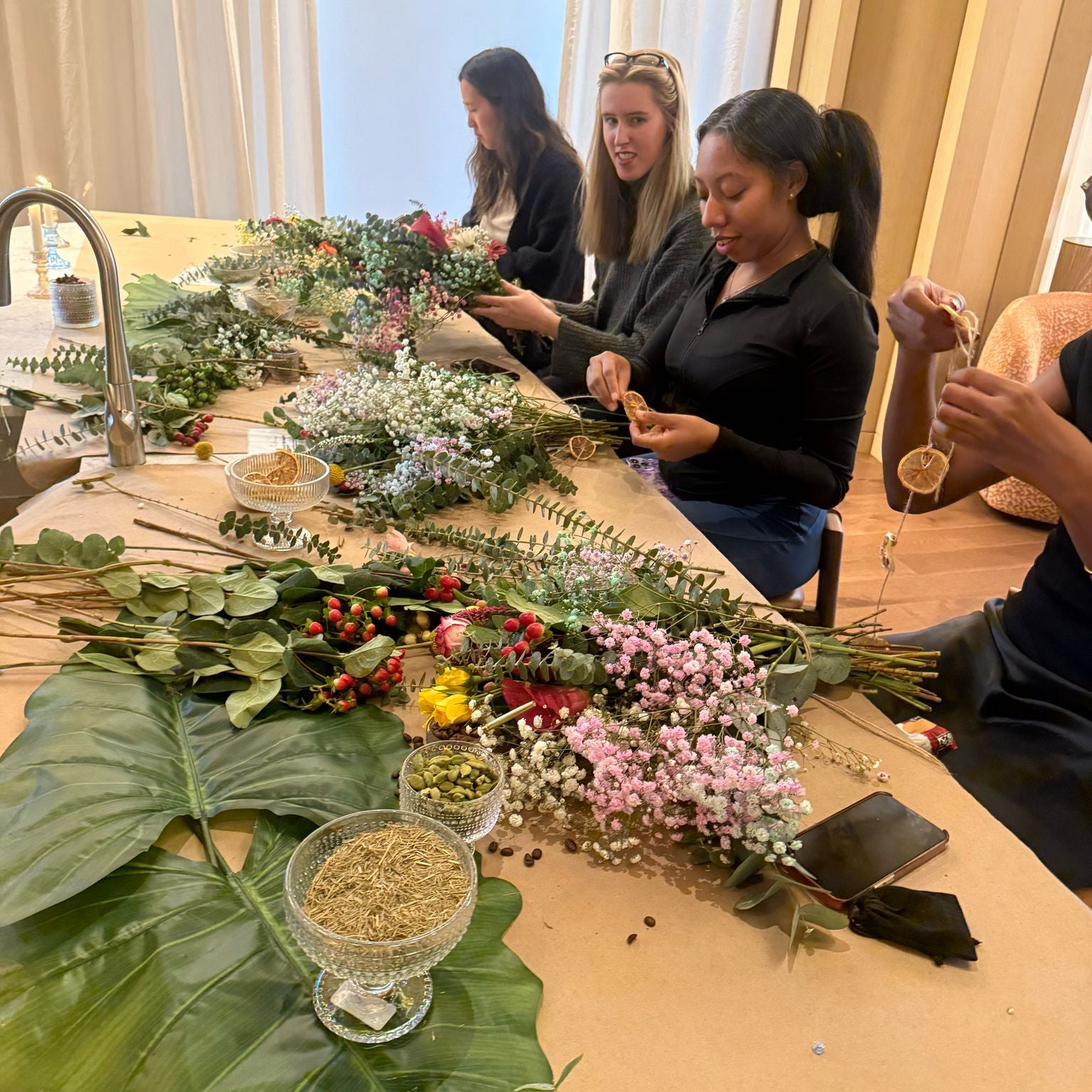
In 2025, the future of travel isn’t just about where you’re going—it’s about who you connect with along the way.
According to Further Forecast 2025—Community Capital, a cultural study by Design Hotels™, today’s travelers are craving more than amenities and escapism. They want to belong. They’re seeking Community Capital—spaces and experiences that foster emotional connection, meaningful interaction, and collective learning.
So what does this mean for hospitality brands, wellness retreat hosts, or creative experience-makers like you? In short: the bar for meaningful engagement just got higher—and that’s a good thing.
Here are five key insights shaping the future of hospitality, with real-world case studies and actionable takeaways:
1. “Community” Can’t Just Be a Buzzword Anymore
The term has been diluted, but its power remains very real—if applied correctly. Community Capital focuses on crafting environments where people feel seen, engaged, and connected. It’s not about guests passing through; it’s about inviting them into an ecosystem.
Stat to know:
69% of Gen Z travelers are more likely to book a hotel that offers opportunities to meet new people.
Actionable tip: Design group-based activities, collaborative installations, or opt-in conversations that invite guests into the experience, not just the space.

2. Travelers Want Niche Belonging, Not Generic Vibes
There’s a major disconnect: While 84% of people believe hotels can create community, only 24% feel like they’ve belonged to one.
Take Hotelito at MUSA in Mexico. Their adults-only Summer Camp channels the nostalgia of traditional summer camps—complete with organic gardening, games, live music, and surf outings. Guests connect quickly through shared play, not forced mixers.
“It’s about anchoring people to something playful, curious, and shared.” —Tara Medina, Hotelito at MUSA
Actionable tip: Curate experiences around subcultures or nostalgic rituals your guests already love.

3. Learning Is the New Luxury
Gone are the days when a basic cooking class was enough. Modern travelers are looking for transformational experiences, and they’re willing to travel to find them.
At Dexamenes Seaside Hotel in Greece, guests attend immersive dinners inside a retrofitted wine silo. It’s part restaurant, part think tank—where chefs, scientists, and artists explore topics like food sovereignty and cultural memory.
🔍 Stat to know:
79% of people say they would travel specifically to learn a new skill.
Actionable tip: Invite guest speakers. Turn your restaurant into a platform. Design learning as entertainment.

4. The Real Wellness Metric? Human Connection
Stanford research shows that strong social ties boost long-term survival by 50%—a more powerful stat than any superfood smoothie could deliver.
She Retreats—a women-only travel concept—focuses on emotional connection, not just physical rejuvenation. From hiking to journaling circles, it’s about feeling supported and seen.
Actionable tip: Build in opportunities for emotional safety and storytelling, especially for solo travelers or underserved identities.
5. Design for Accelerated Intimacy
Want guests to feel something? Help them bond faster.
Start with these two questions:
-
Does your physical space invite spontaneous interaction?
-
Are you offering niche or intellectual programming, not just a social hour?
Because the most meaningful communities aren’t built on “likes” or lobbies, they’re born through shared curiosity, purpose, and participation.
Want to Go Deeper?
Download the full Further Forecast 2025—Community Capital report here and discover how to design for human connection in a post-luxury era.






